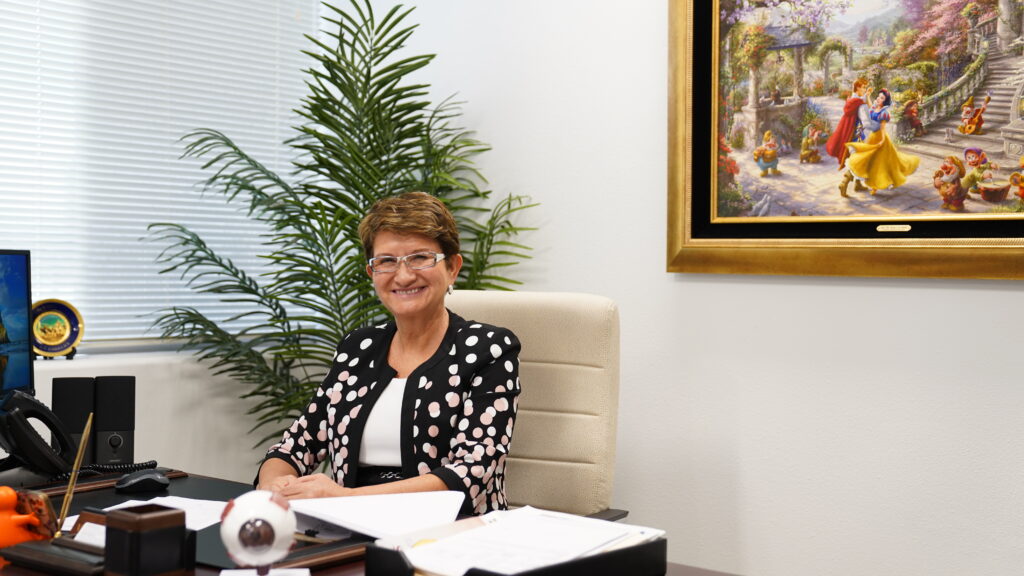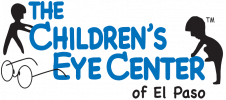Pink Eye
Pink Eye Treatment at Children's Eye Center
Understanding Pink Eye
Pink eye, also known as conjunctivitis, is a prevalent eye condition, particularly among children. It’s essential to recognize the symptoms of pink eye and understand the various types to ensure timely and effective treatment. The Children’s Eye Center offers comprehensive pink eye treatment tailored to meet the unique needs of your child, ensuring their eye health is well-protected.
Symptoms of Pink Eye
Identifying the symptoms of pink eye early is crucial for seeking prompt treatment. Common symptoms include:
- Redness in the white of the eye or inner eyelid: This is often the most noticeable symptom and indicates inflammation of the blood vessels in the conjunctiva.
- Increased tearing: Excessive tearing occurs as the eye attempts to wash away the irritant, whether it is viral, bacterial, or allergen-based.
- Thick yellow discharge that crusts over the eyelashes: This symptom is typical of bacterial conjunctivitis, where pus forms and dries out, causing crusting.
- Green or white discharge from the eye: Like yellow discharge, this can indicate a bacterial infection and necessitates antibiotic treatment.
- Itchy eyes: Itching is particularly common in allergic conjunctivitis, where allergens trigger an inflammatory response.
- Burning eyes: A burning sensation can occur in all types of pink eye but is especially prevalent in allergic conjunctivitis due to irritants.
- Blurred vision: This can result from discharge blurring the vision or from swelling that distorts the eye surface.
- Increased sensitivity to light: Light sensitivity, or photophobia, is common in viral and allergic conjunctivitis, where inflammation affects the cornea and iris.


How Children’s Eye Center Can Help
At Children’s Eye Center, we specialize in treating pink eye and ensuring your child’s eye health is restored quickly and effectively. Our team of experienced pediatric ophthalmologists is dedicated to providing personalized care tailored to your child’s specific needs. We offer:
- Comprehensive Diagnosis: Our thorough examinations help identify the exact cause and type of conjunctivitis your child has, ensuring the right treatment approach.
- Tailored Treatment Plans: Based on the diagnosis, we develop customized treatment plans that may include medications, eye drops, or lifestyle recommendations.
- Ongoing Support: We provide continuous support and follow-up care to monitor your child’s progress and make any necessary adjustments to the treatment plan.
- Educational Resources: We educate parents and children on preventive measures, proper eye hygiene, and ways to avoid future infections, ensuring long-term eye health.
Types of Pink Eye
There are several forms of pink eye, each requiring different treatment approaches:
- Viral Conjunctivitis: Highly contagious and often associated with colds or respiratory infections. Symptoms include watery, itchy eyes and sensitivity to light. Treatment focuses on alleviating symptoms since antibiotics are ineffective against viruses.
- Bacterial Conjunctivitis: Characterized by a sticky, yellow or greenish-yellow eye discharge. It can affect one or both eyes and is usually treated with antibiotic eye drops or ointments.
- Allergic Conjunctivitis: Caused by eye irritants such as pollen, dust, and animal dander. Symptoms include watery, burning, itchy eyes, often affecting both eyes. Treatment involves managing allergies and avoiding allergens.
- Contact Lens-Related Conjunctivitis: Poor contact lens hygiene or wearing lenses for too long can lead to conjunctivitis. Symptoms include redness, irritation, and discharge. Treatment focuses on improving lens hygiene and using prescribed eye drops.
Join Our Community of Satisfied Patients
Treatment Options at Children’s Eye Center
At the Children’s Eye Center, we provide specialized pink eye treatment tailored to the specific type of conjunctivitis your child has, such as:
Viral Conjunctivitis
Bacterial Conjunctivitis
Allergic Conjunctivitis
Contact Lens-Related Conjunctivitis
Preventive Measures
Preventing pink eye can reduce the spread and recurrence of the condition. Here are some key preventive measures:
- Encourage your child to wash their hands frequently and avoid touching their eyes to reduce the risk of infection.
- Ensure proper hygiene for contact lens wearers, including regular cleaning and proper storage of lenses.
- Keep personal items such as towels and pillows separate to avoid contamination and spread of infection.
- Educate your child on the importance of not sharing eye drops, tissues, or makeup to prevent cross-contamination.
When to See a Doctor
While many cases of pink eye resolve on their own, certain symptoms warrant a visit to the Children’s Eye Center:
- Persistent eye pain that does not subside with over-the-counter treatments
- Vision problems, such as blurriness or light sensitivity, that affect daily activities
- Intense redness that spreads beyond the initial affected area
- Symptoms that worsen or do not improve with over-the-counter treatments
Contact Us Today
At the Children’s Eye Center, we are committed to providing the highest quality care for your child’s eye health. Our comprehensive approach to pink eye treatment ensures that we address the specific needs of each type of conjunctivitis, helping your child recover quickly and comfortably. For more information or to schedule an appointment, please contact us today and follow us on social media to stay updated with the latest!
